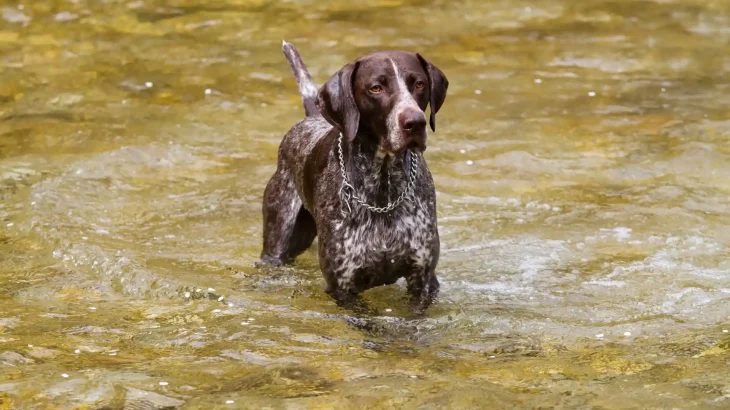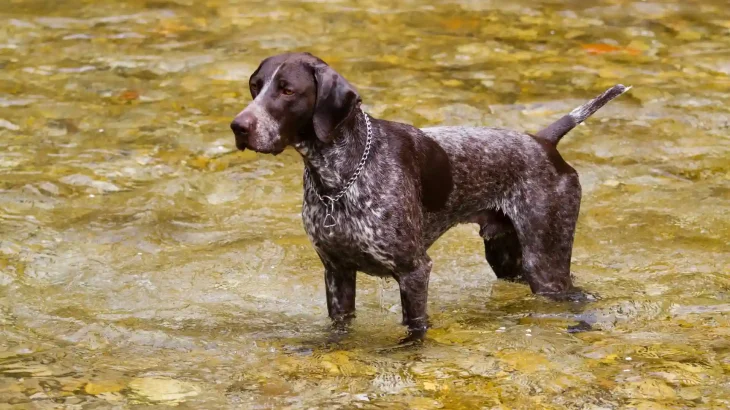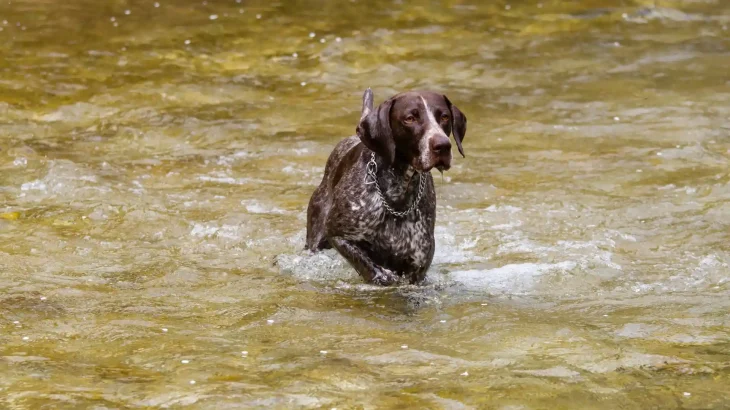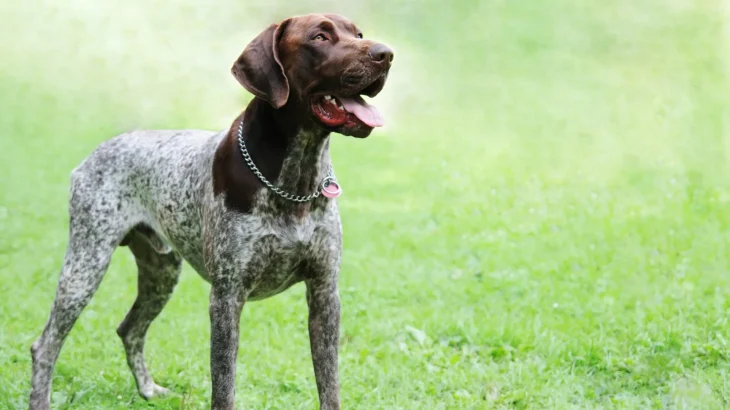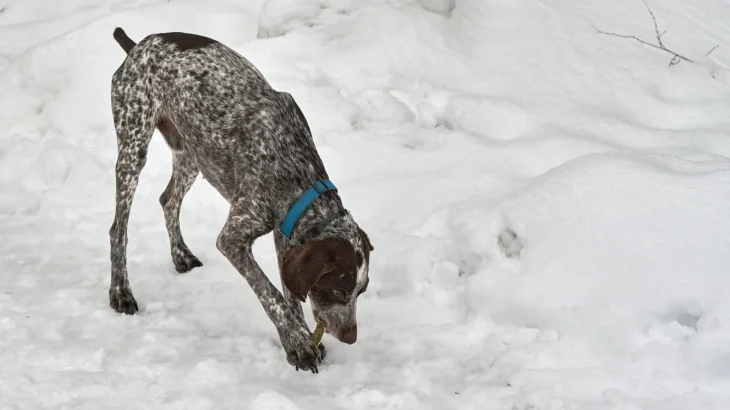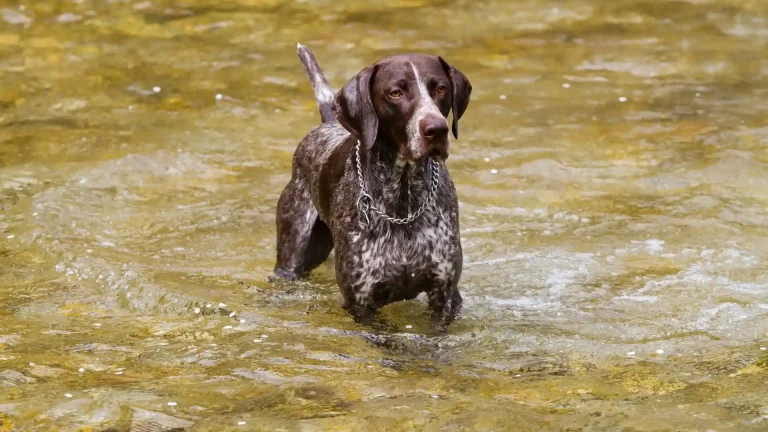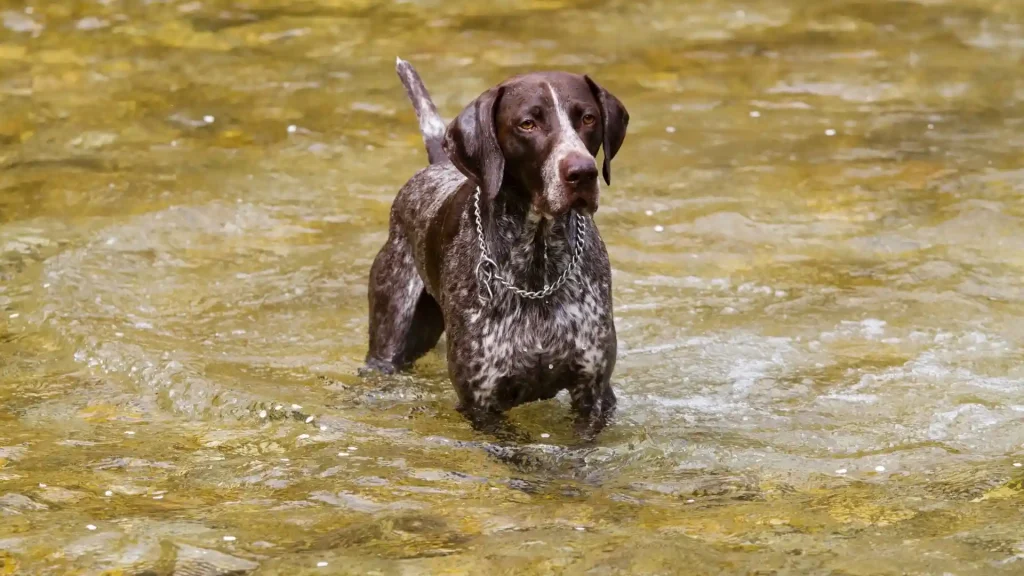When deciding between adopting or purchasing a German Rough-haired Pointing Dog puppy, it's important to weigh the benefits of each option in terms of health clarity, cost, and ethical considerations. Buying from a breeder can offer specific guarantees about lineage and health, while adoption supports giving a dog a second chance in a loving home.
Adoption vs. Breeder: Pros & Cons
| Criteria | Buying from Breeder | Adopting from Shelter/Rescue |
|---|---|---|
| Cost | Generally higher, reflecting purebred status and breeder expenses. | Usually lower adoption fees that may include initial vet care. |
| Health History | Comprehensive health records and genetic screening provided by reputable breeders. | Health history can be limited or unknown; shelters provide basic vet checks. |
| Age Availability | Primarily puppies, allowing early bonding and training. | Varied ages, offering the option of adopting mature dogs; may bypass puppy stage challenges. |
| Temperament Insight | Breeders can offer insight based on lineage and early observations. | Shelters provide behavioral assessments but full history may be uncertain. |
| Ethical Considerations | Supports responsible breeding if breeder practices are ethical and transparent. | Provides a home to a dog in need, contributing to animal welfare. |
| Breed Purity & Pedigree | Assured purebred status with documentation and pedigree records. | Less likelihood to have purebred documentation; mix breeds are common. |

